Why Sprinting Will Help You In A Marathon

Marathoners and sprinters are two very different types of runners, and while you’re very unlikely to see a 100m runner logging a 20-mile long run, you will see marathoners working on short, fast intervals.
So how can marathon runners benefit from sprint training?
HOW SPRINTERS TRAIN COMPARED TO MARATHON RUNNERS
An elite sprinter probably doesn’t count how far they run each week. On three or four days a week they will do a series of different sprint workouts ranging from all-out reps of 30m to 60m to longer 100m to 200m reps, each with a long recovery in between (three minutes or more). They will also do a lot of work on drills and technique, plus strength training.
An elite marathon runner will often run more than 100 miles per week. That will include two harder workout days (a mix of shorter intervals and longer threshold runs), one long run and the rest as easy runs. They will run twice most days. Non-elites train pretty with a similar mix of easy runs, fast sessions and a long run, just with less overall volume.
A sprinter is training for explosive power; a marathoner needs long speed endurance.
So how can six-second sprints help in a marathon which takes a few hours?
THE BENEFITS OF SPRINT TRAINING FOR MARATHON RUNNERS
- Sprinting trains your brain and body to use more muscle fibres (more on that later)
- Sprinting helps us to be more efficient at both faster and slower speeds (more on that later as well)
- Sprinting is the most specific strength training we can get for running because sprinting produces a huge amount of force without the need for additional weights – sprinting can literally make you stronger
- Sprint workouts can be very time-efficient and just 6 x 6 seconds of running can add a surprising amount of value to your training
- Sprinting helps us build up a speed reserve, meaning there’s a greater difference between peak speed and our marathon pace, which theoretically should make marathon pace feel easier.
SPRINTING ACTIVATES MORE MUSCLE FIBRES
We have different fibres within our muscles and you’ve probably heard of them: slow twitch and fast twitch.
Slow twitch muscle fibres produce low power but are slow to fatigue, so are ideal in a marathon. Fast twitch muscle fibres are powerful but fatigue quickly, so are used for sprinting. But they don’t need to be exclusively used for those types of runs.
For marathon runners who focus more on slow twitch muscle endurance, their fast twitch fibres can be under-used – and with muscles it’s use them or lose them.
By doing sprint training we’re activating more muscle fibres, reminding our brain they exist (we’ll see how in the next section), meaning we’re more likely to be able to use them in the future.
This is very important because when we run a marathon our slow-twitch muscle fibres get tired late in a run. However, if we’ve been doing effective sprint and interval training then we’re teaching more muscle fibres to be active, meaning we can call upon them to help us late in a race, either to speed up or just to help out when we’re tired.
Also, we actually have two types of fast twitch fibres, and some of them can utilise oxygen as fuel (so they are aerobic and anaerobic). Training these fibres can be very helpful in longer runs.
SPRINTING AND EFFICIENCY
You run with different form when you’re on a gentle jog compared to an all-out sprint.
Jogging is a lot easier than sprinting because it’s low-risk and we just plod along, meaning our brain doesn’t need to concentrate too hard. When we sprint, our brain is actively engaged in making sure all of our muscles are working together to help us run as fast as possible.
When we run fast, our brain helps to optimise the way that we run. We stand up taller, we run with a better foot strike, we swing our arms and legs in the most efficient way. Our brain and our body are working together to activate muscles, keeping us coordinated and balanced, giving us power and speed, helping to stabilise joints, and also to mitigate fatigue and to optimise the use of oxygen for energy (as this research explains). This neuromuscular training is conditioning the central nervous system to activate as many muscle fibres as possible.
What all of this ultimately means is that sprinting helps us to run with the best form and economy, and the brilliant news is that this form then transfers down to running at all different paces. So sprinting makes you better at running slowly.
PREPARING TO SPRINT
Sprint training doesn’t involve getting down into blocks on the start line of a 100m track, and you probably won’t even run 100m in each rep – the longest marathon runners need to sprint for is around 60m because after this you will struggle to hold your maximal speed and then the benefit of the rep diminishes.
Before you sprint you need to be strong enough to withstand the high load of sprint training. This means being a well-trained runner, doing strength training and also being experienced in running strides (FYI: strides are longer accelerations which hold a fast pace for 10-30 seconds, while sprints are shorter and faster). Always have a thorough warm up and do drills before a sprint workout (see the video below for a great example of the drills you need to know).
Short sprints are alactic anaerobic workouts designed to recruit as many muscle fibres as possible, but are not intended to be workouts that leave you significantly fatigued. If you’re very out of breath at the end of the sprint then you’re running too far, so decrease the duration of the sprint.
HOW TO DO SPRINT TRAINING
- A true sprint should be relaxed and you shouldn’t be forcing yourself to run as hard as possible. It may take several sessions for you to build up the confidence to sprint properly. Begin by doing these sessions around your 400m pace, and build upon that over a few weeks
- Ease into a sprint session by doing 4 x 50m accelerations or strides, progressively getting faster, then take a few minutes to recover before moving onto the main sprint intervals
- Run explosively at near maximum velocity for 6-10 seconds, then take at least two or three minutes to recover. Repeat 6-10 times
- If you can, begin by doing these on hills as the training effect is increased and the injury risk is reduced, then later move onto flats (or alternate hills one week, flat the next)
- Doing this once a week after an easy run can be an effective amount of sprint training, just make sure you can recover well after the run to keep the right balance in your training – sprinting puts a lot of pressure on the body, even if you’re only running for six seconds!
***
Check out when Sarah met the fastest man of all time and got all the essential tips to know how to sprint.


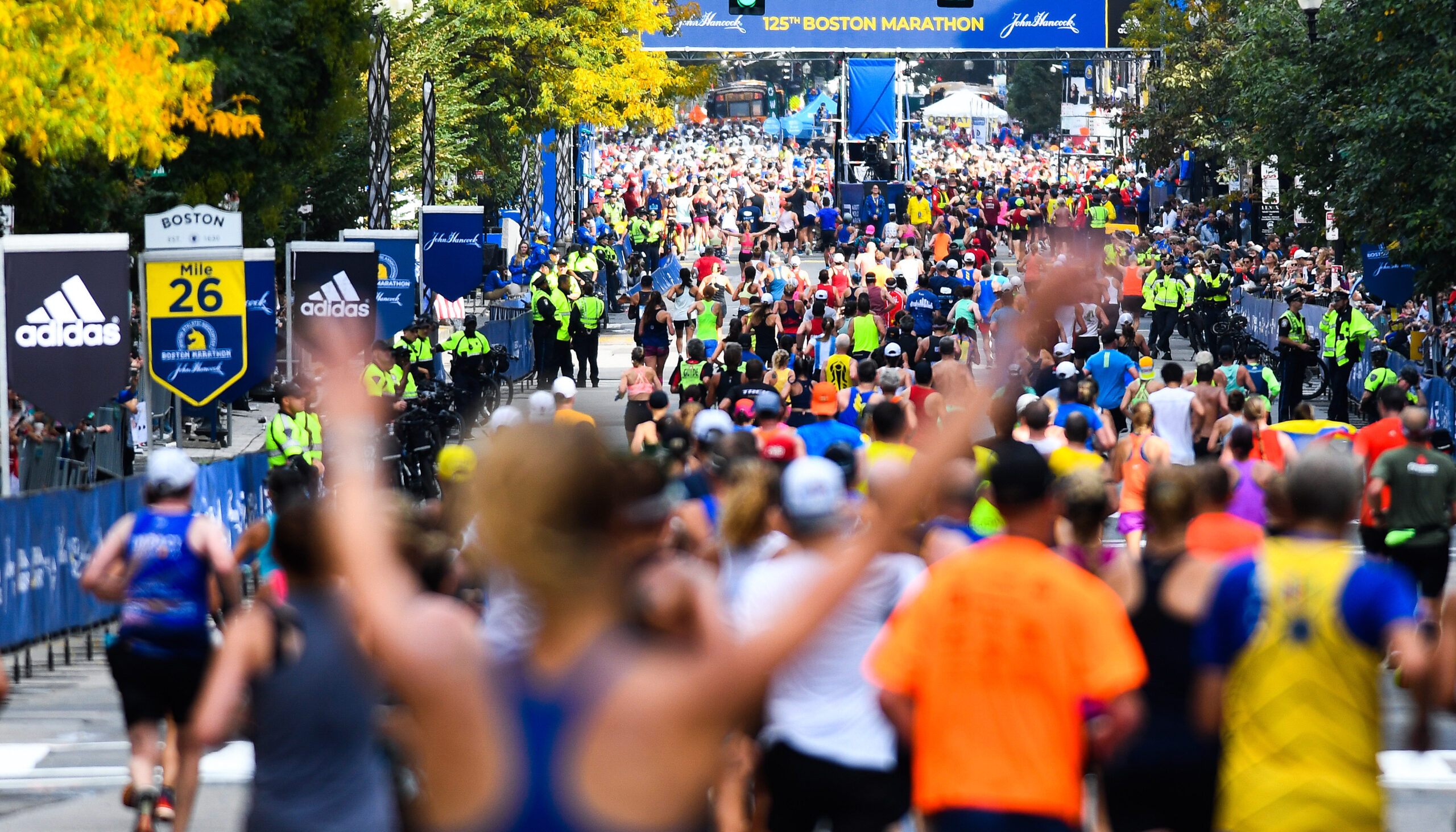
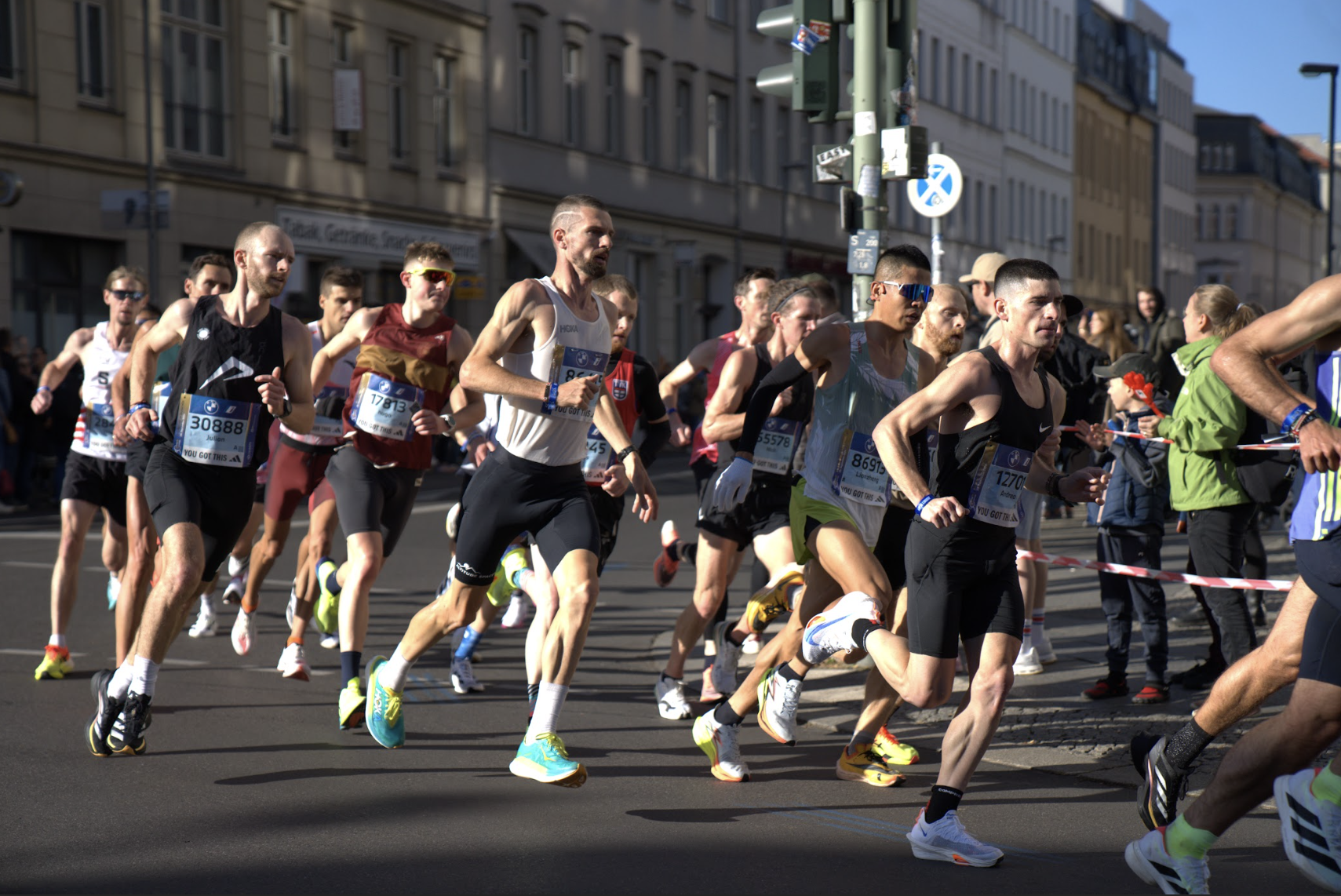


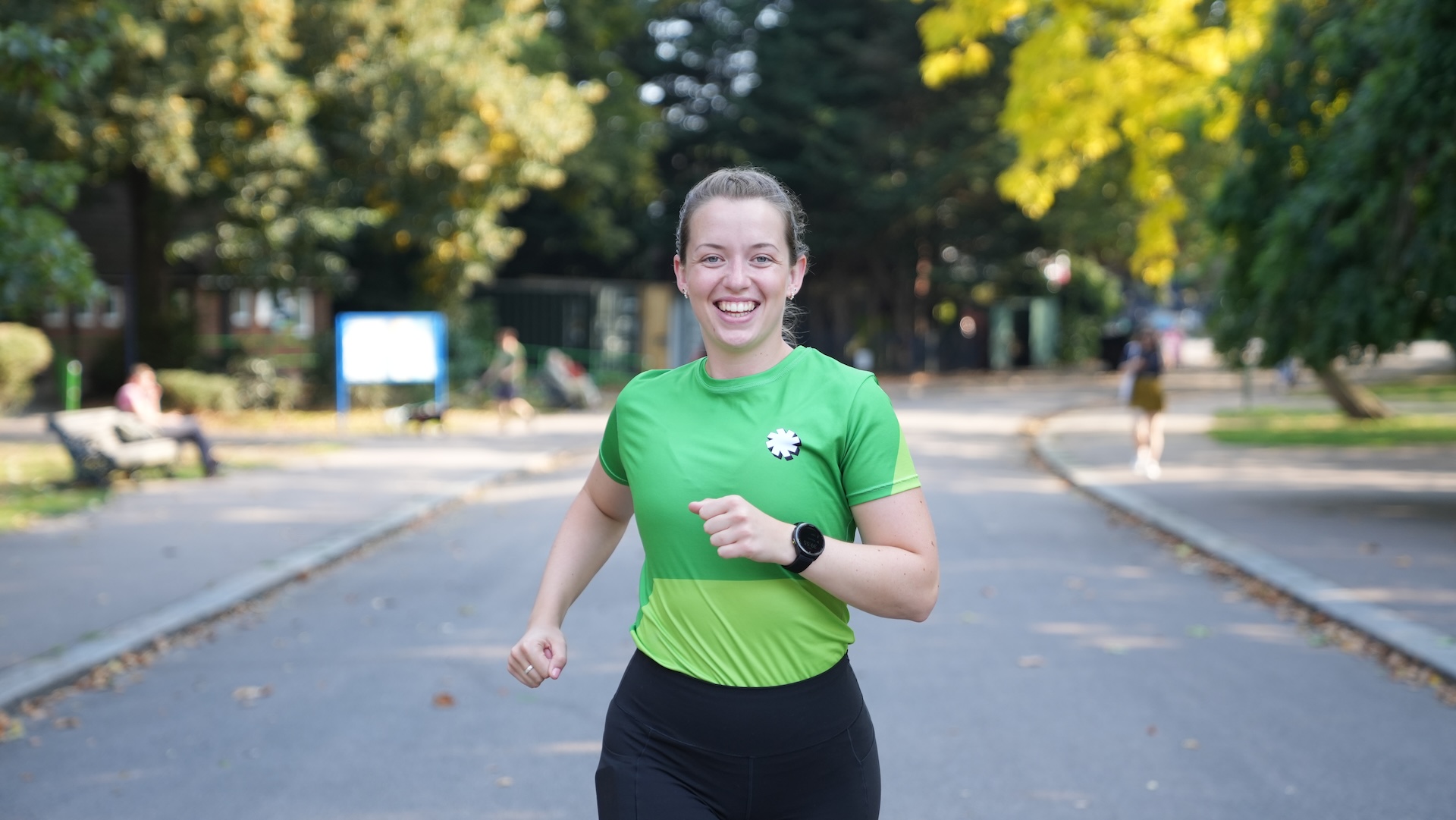
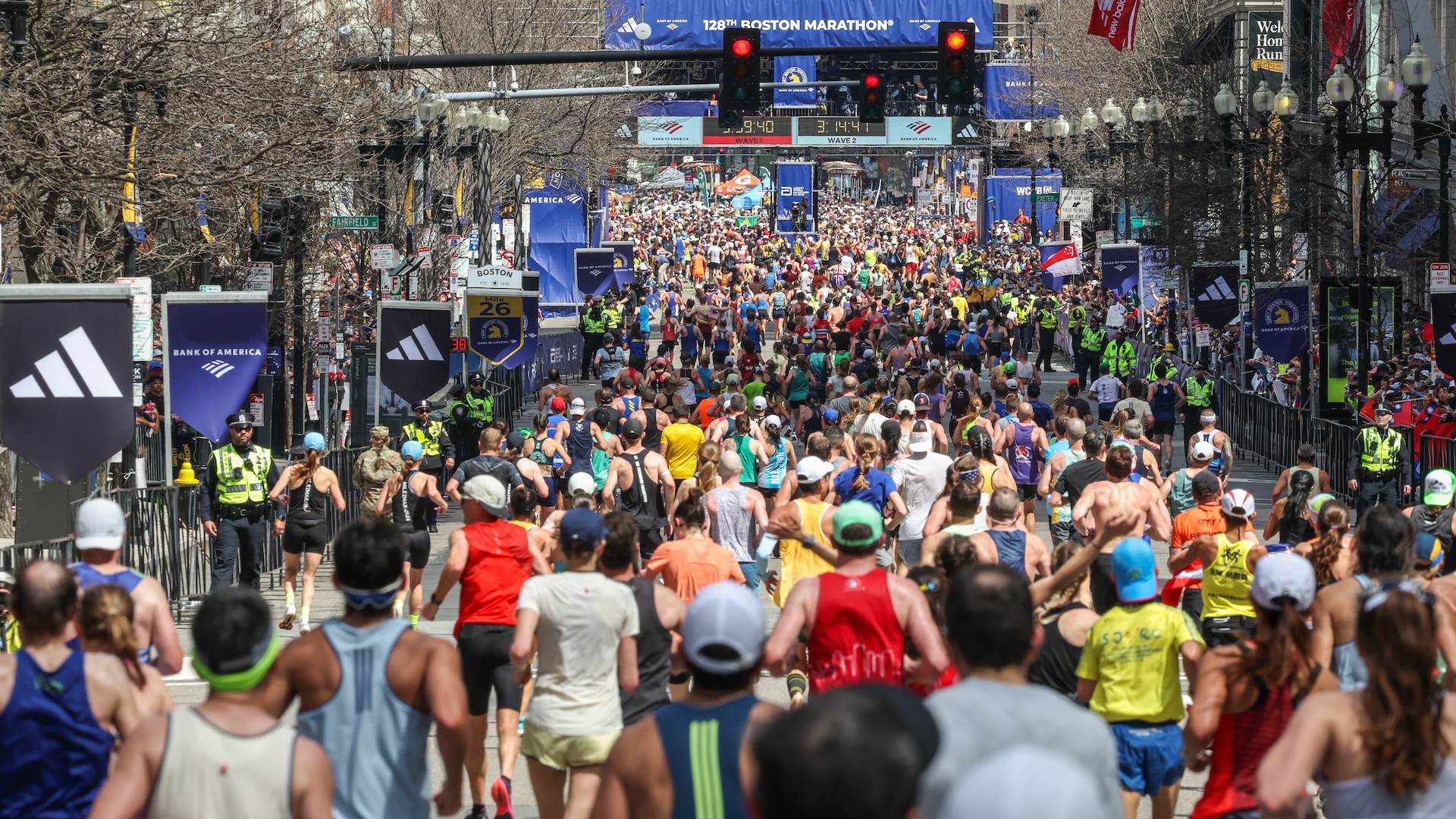
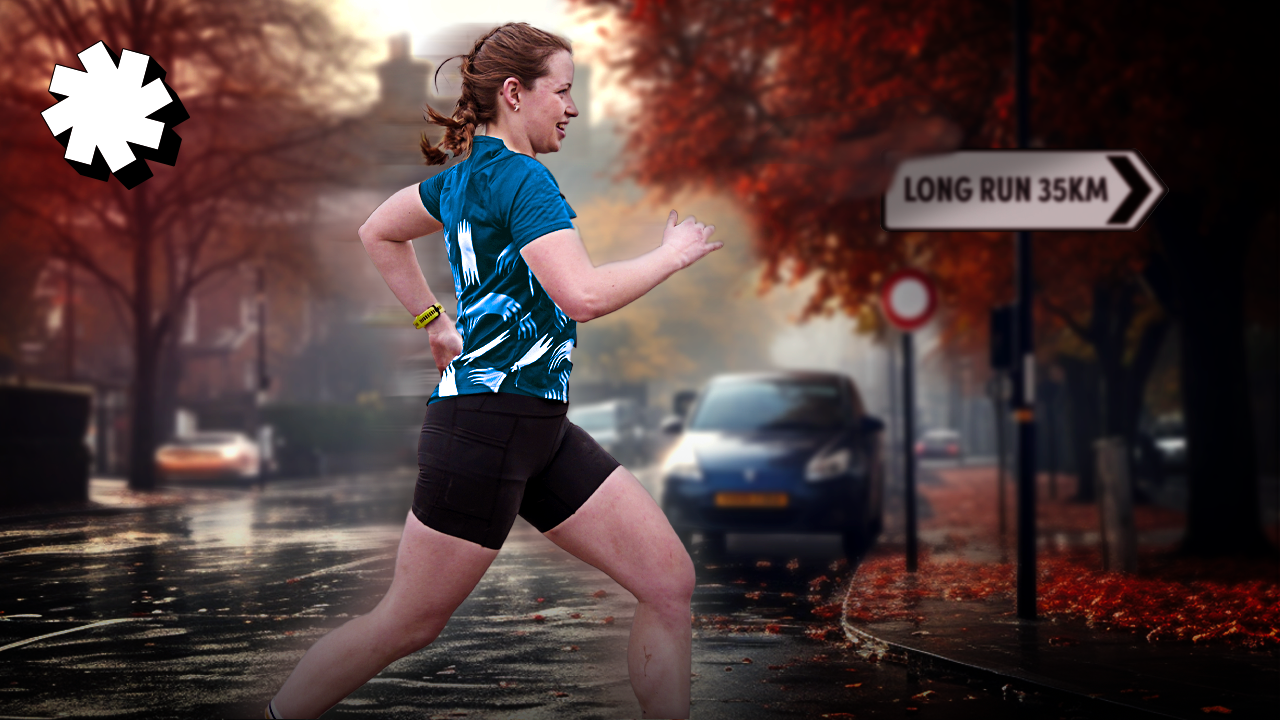
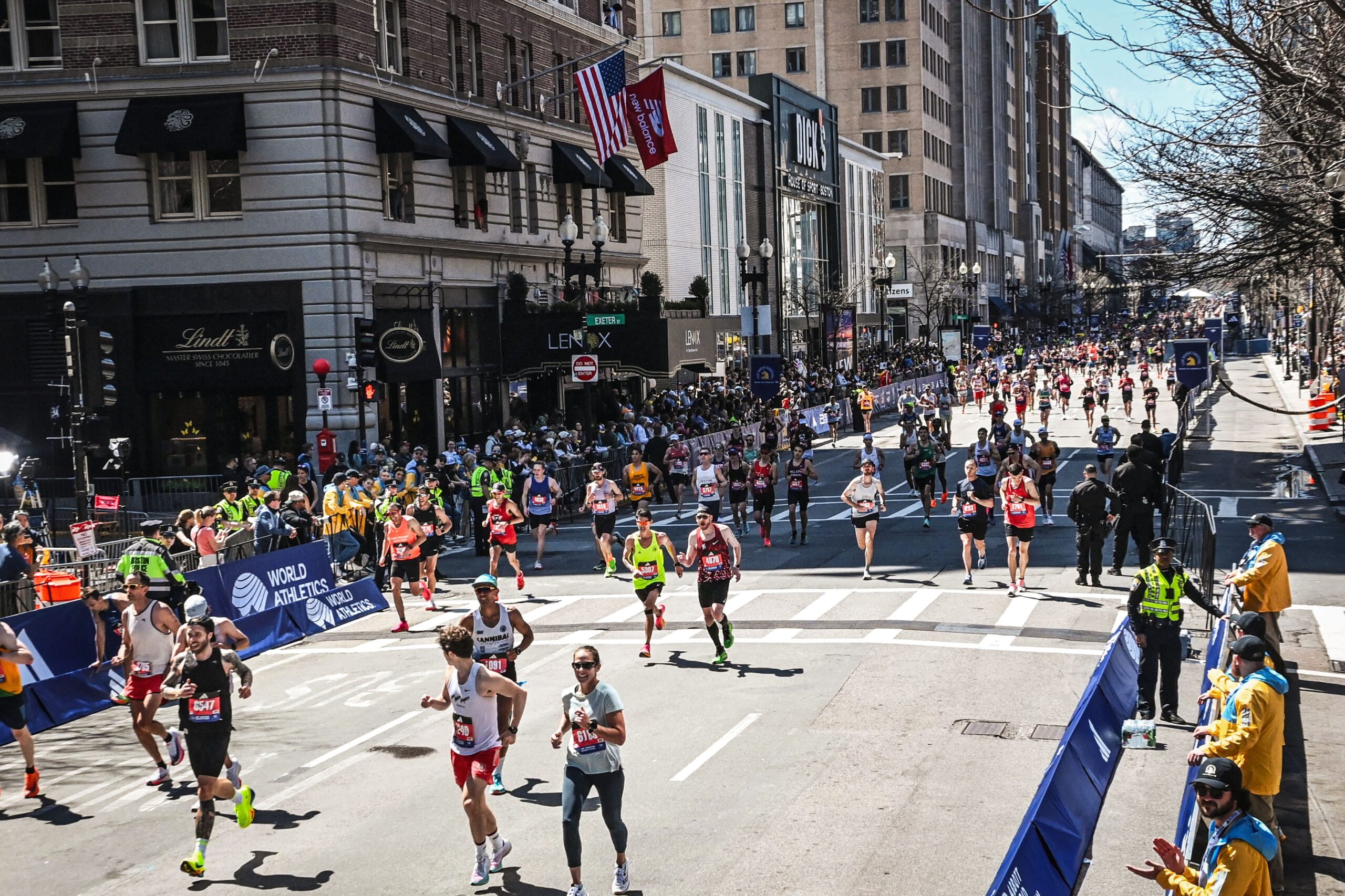
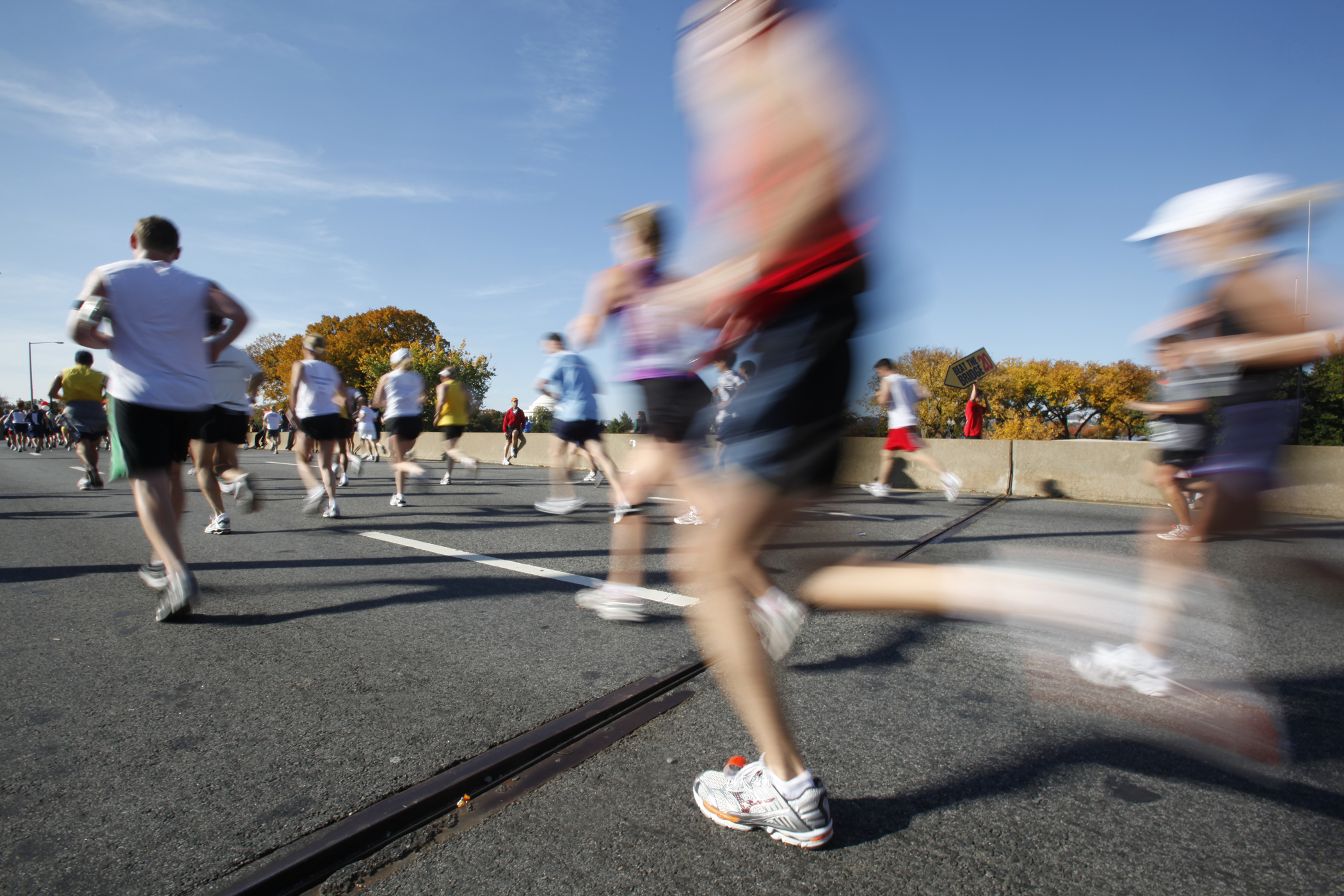



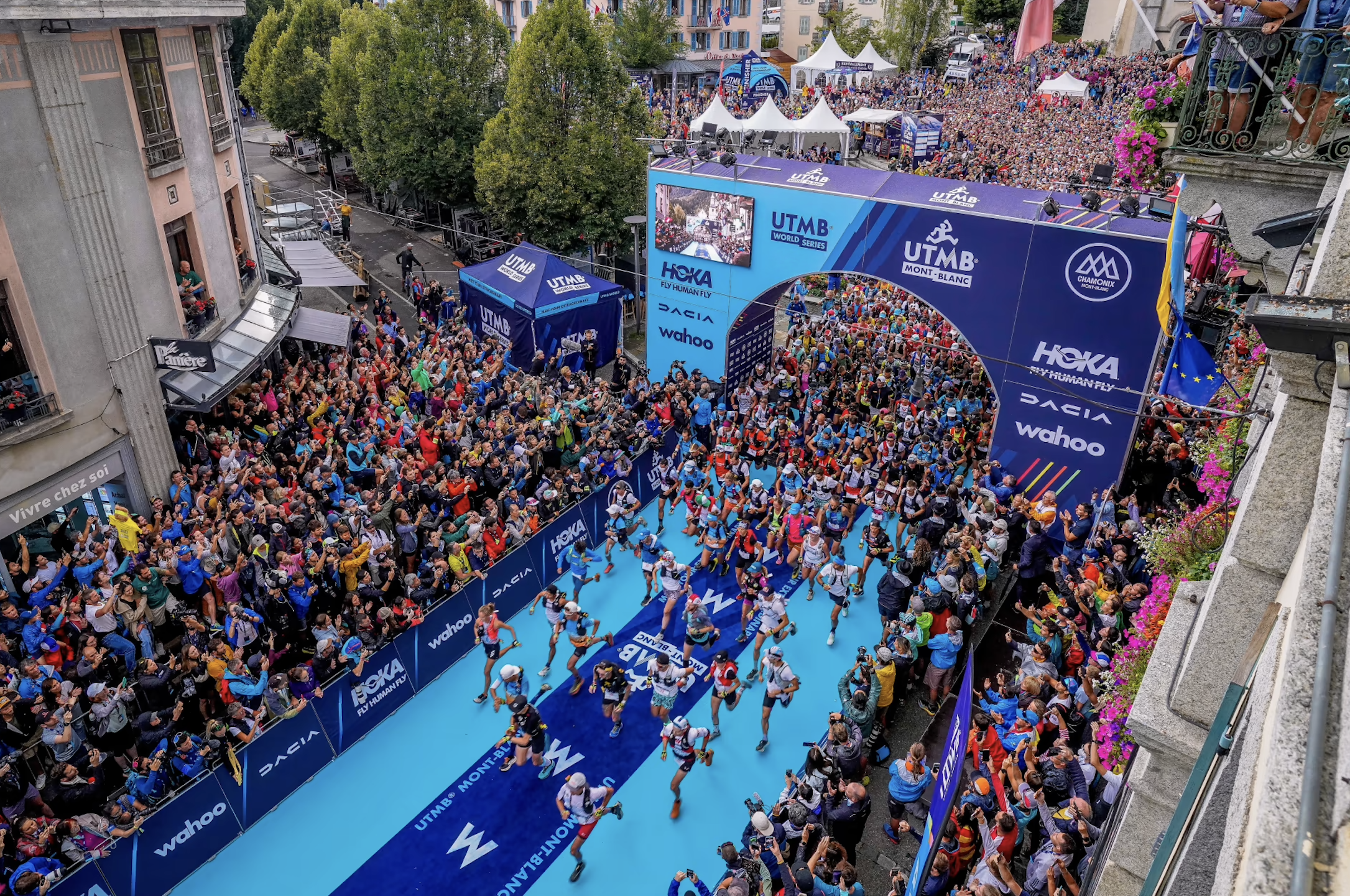


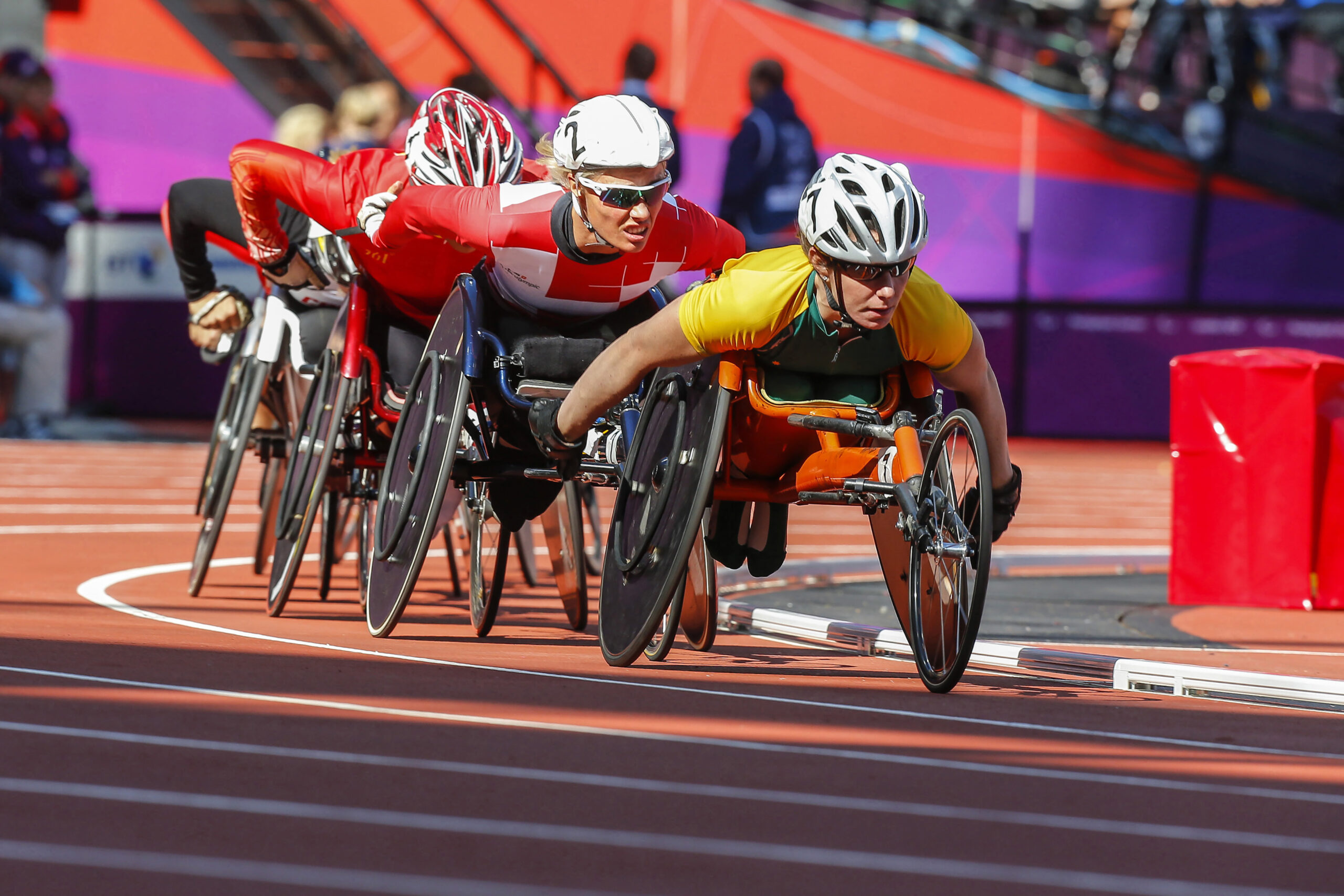



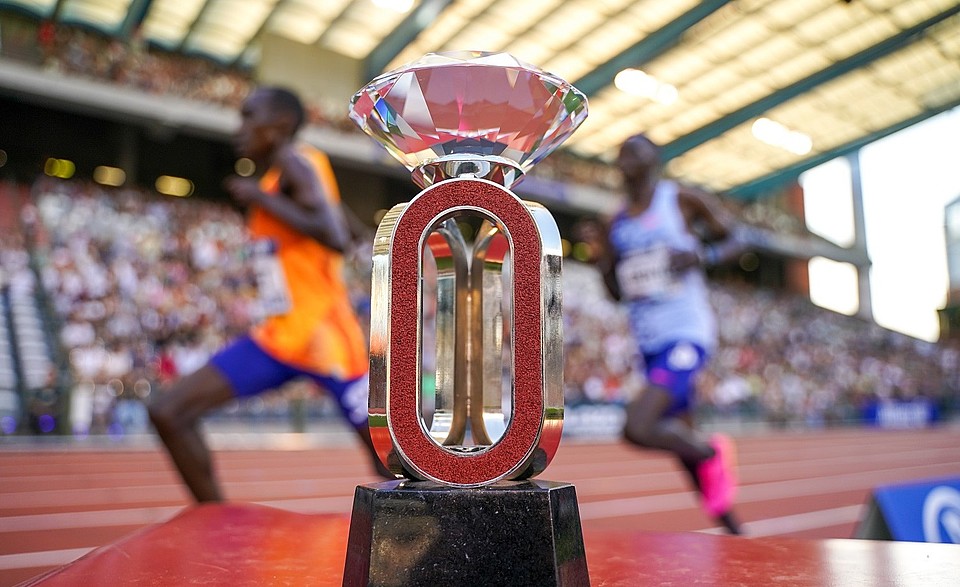

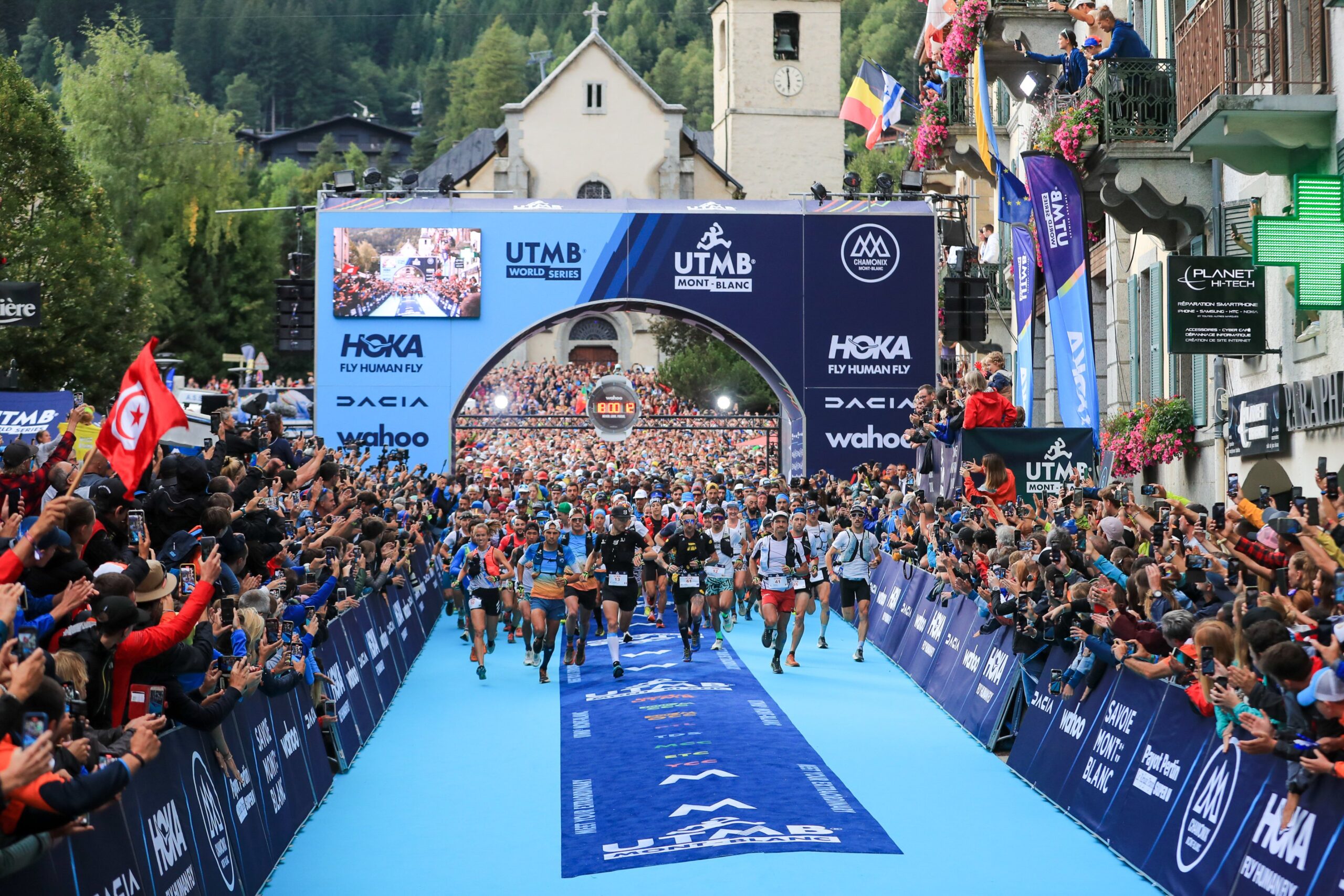
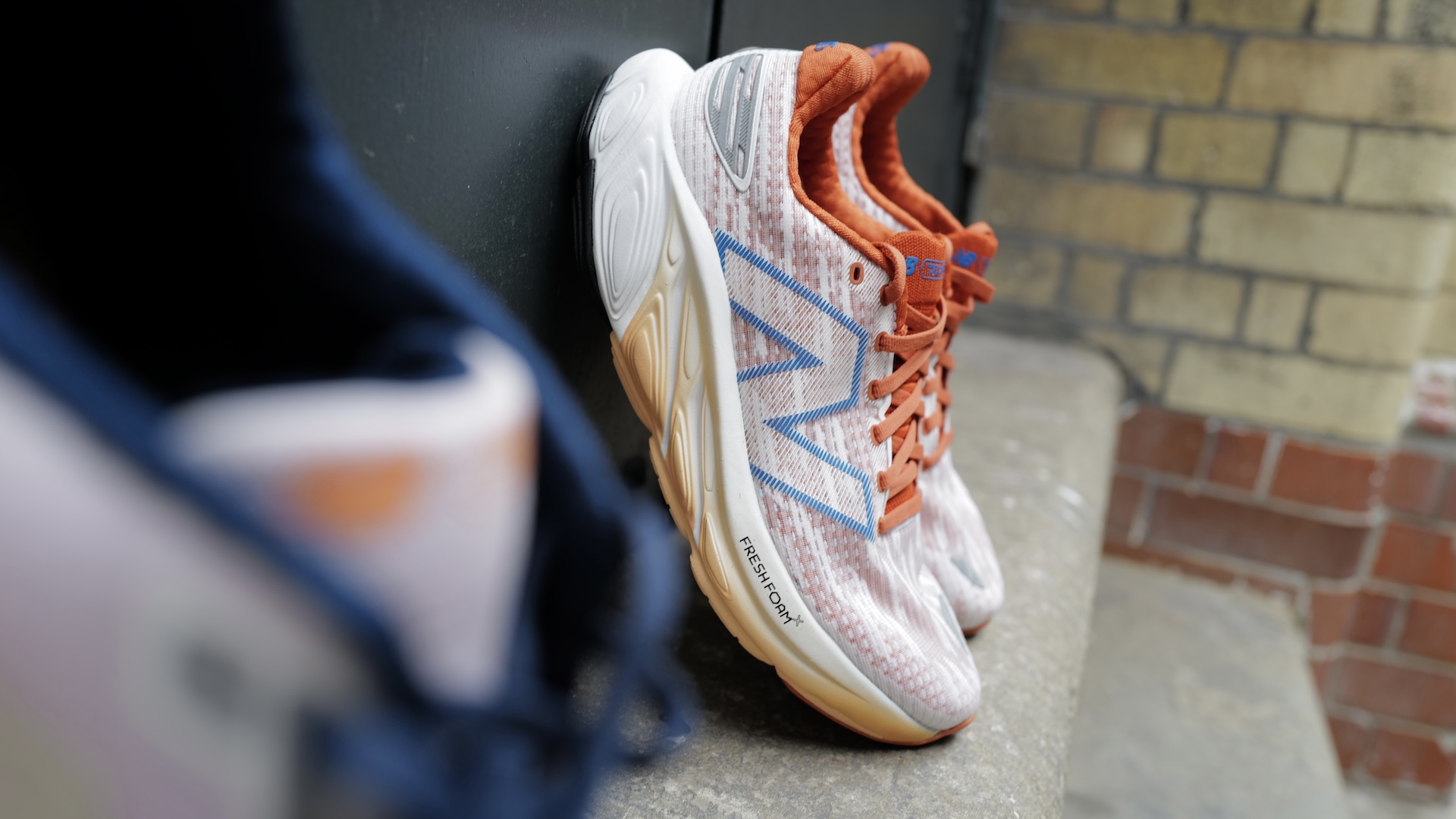
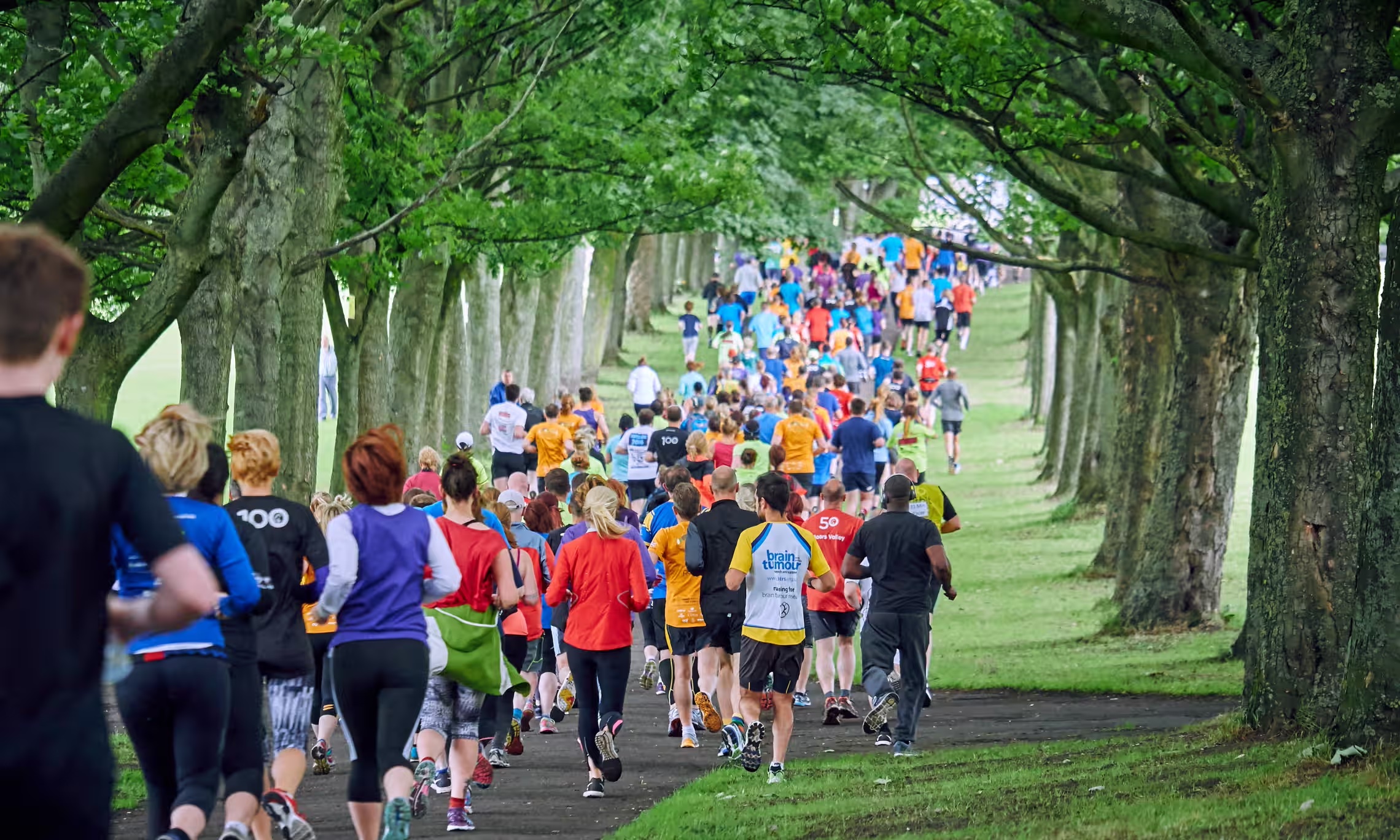


Running News
Ingebrigtsen Stars at World Athletics Indoor Championships 2025 – Plus All The Winners!
Sam Ruthe Is First 15-Year-Old To Run A Four-Minute Mile!
Eliud Kipchoge Will Run The 2025 Sydney Marathon!